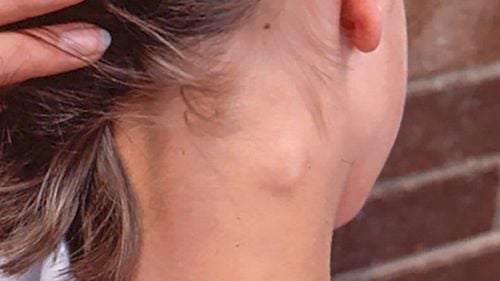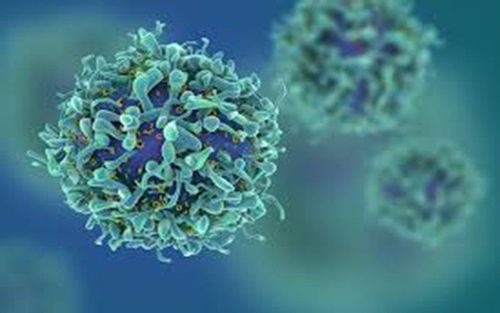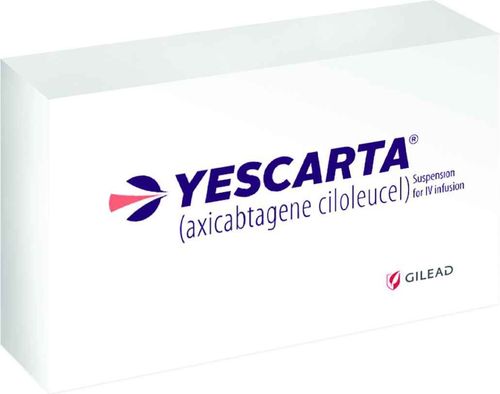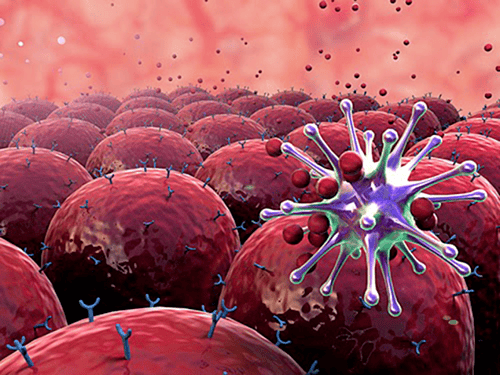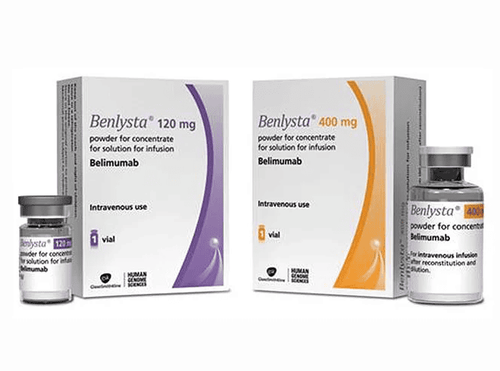This is an automatically translated article.
Posted by MSc. Bui Viet Anh and Ta Van Thanh - Cell Therapy Block, Vinmec High-Tech Center
Helper T cells were discovered in 1966 by a group of scientists at the University of Colorado in the US. Helper T cells (or CD4+ T cells) are bone marrow-derived lymphoid cells that are differentiated and mature in the thymus. Once mature, they migrate to peripheral tissues, lymph nodes or circulate in the peripheral blood.
1. Helper T cells
In the immune response, helper T cells not only activate antibody-producing B cells, but also a variety of other cells in the immune system such as cytotoxic T cells, macrophages, and white blood cells. neutral, natural killer cells ... Therefore, they play a decisive role in the response of the immune system against pathogens.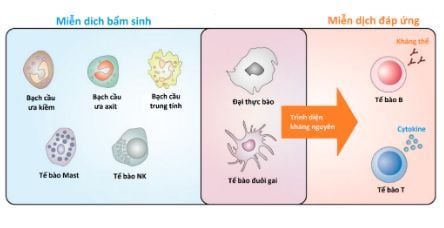
Hình 1: Các tế bào trong hệ miễn dịch
2. Mechanism of action of helper T cells in the immune system
2.1. Helper T cell activation
Helper T cells play an important role in the immune response, so their activation requires a very tightly controlled process. First, antigen-presenting cells (dendritic cells and macrophages) capture cellular fragments, cells, or peptides derived from pathogens to process them before presentation. Representation of foreign antigenic products on the main organelle-matched complex – MHC class II. Simultaneously with the above process, the antigen-presenting cell activates to express the B7 receptor. The helper T cells are then activated through two activating signals from antigen-presenting cells that originate from specific binding: (1) the T-cell receptor (TCR) to the antigenic foreign class II MHC molecules present on the surface of antigen-presenting cells; (2) T-cell CD28 ligand with the B7 receptor on the surface of antigen-presenting cells. In the event that the second activation signal does not occur due to the absence of the B7 receptor on the antigen-presenting cell, the helper T cells are inactivated or programmed to die.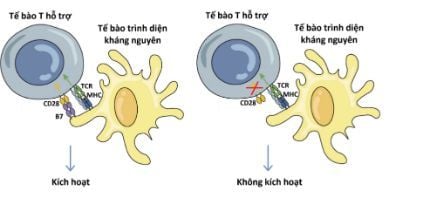
Hình 2: Quá trình kích hoạt tế bào T hỗ trợ
2.2. Helper T cell function
Once activated, helper T cells actively participate in the immune response by assisting other immune cells and organizing the immune response. One of the most important functions of helper T cells is to activate B cells to become plasma cells to produce antibodies against pathogens and memory B cells capable of remembering antigens. encountered before to quickly react if this antigen is encountered again. Helper T cells also play a role in controlling plasma cell antibody production through cytokines: (1) Interleukine-4 stimulates the production of IgG and IgE antibodies; (2) Interleukine-5 stimulates the production of IgA antibodies.
Another important function of helper T cells is to stimulate macrophages and neutrophils involved in the inflammatory response. When foreign agents enter the body, helper T cells secrete cytokines that stimulate the bone marrow to increase the production of monocytes (pro-macrophages) and neutrophils as well. such as secreting chemokines to mobilize these cells to migrate to the site of infection to destroy pathogens. In addition, helper T cells also secrete Interferon Gamma (IFN-γ), which stimulates macrophages to complete their functions, such as enhancing the production of lysozyme and bacterial cytotoxic compounds. Helper T cells also play an important role by secreting Interleukine-2 to stimulate natural killer NK cells, cytotoxic T cells and the helper T cells themselves. Interleukine-2 will specifically bind to the IL-2R receptor expressed on the surface of lymphocytes, helping these cells to proliferate, inhibiting the process of natural death and cell aging. Thanks to Interleukine-2, lymphocytes proliferate in terms of their number and lifespan to activate immune responses against pathogens.
In addition, helper T cells also secrete a series of other important cytokines such as Interleukine 9, Interleukine 10, Interleukine 13, Interleukine 21... which regulate and activate most other immune cells. in the body.
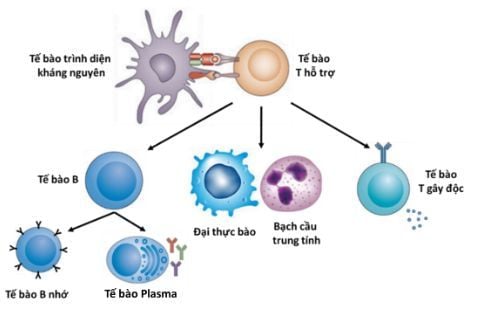
Hình 3: Chức năng chính của tế bào T hỗ trợ
3. The potential of helper T cells in cell therapy
With the ability to activate a wide range of different cell types in the immune system to fight pathogens, helper T cells show they have many potential applications in cell therapy. Many studies have shown that helper T cells have the ability to reduce tumor size through the activation of cytotoxic T cells. Research and clinical trials apply helper T cells in the treatment of some types of cancer such as glioblastoma, breast cancer, ovarian cancer and in the treatment of immunodeficiency diseases caused by caused by the HIV virus has brought about positive results.
REFERENCES:
Claman H. N., Chaperon E. A., & Triplett R. F. (1966). “Thymus-Marrow Cell Combinations. Synergism in Antibody Production.” Experimental Biology and Medicine, vol. 122, no. 4, p. 1167-1171. doi: 10.3181/00379727-122-31353. Luckheeram R. V., Zhou R., Verma A. D. and Xia B. (2012). “CD4+ T Cells: Differentiation and Functions.” Clinical and Developmental Immunology, doi:10.1155/2012/925135. Crotty S.,(2015) “A brief history of T cell help to B cells” Nat Rev Immunol , 15(3):185-9. doi: 1xd0.1038/nri3803. Kumar B. V., Connors T. and Farber D. L. (2018). “Human T cell development, localization, and function throughout life” Immunity Review, 48(2): 202–213. doi: 10.1016/j.immuni.2018.01.007. Sharon L. and Catherine B. (2013). “T cell therapies for HIV”. Immunotherapy , 5(4): 407–414. doi:10.2217/imt.13.23.




